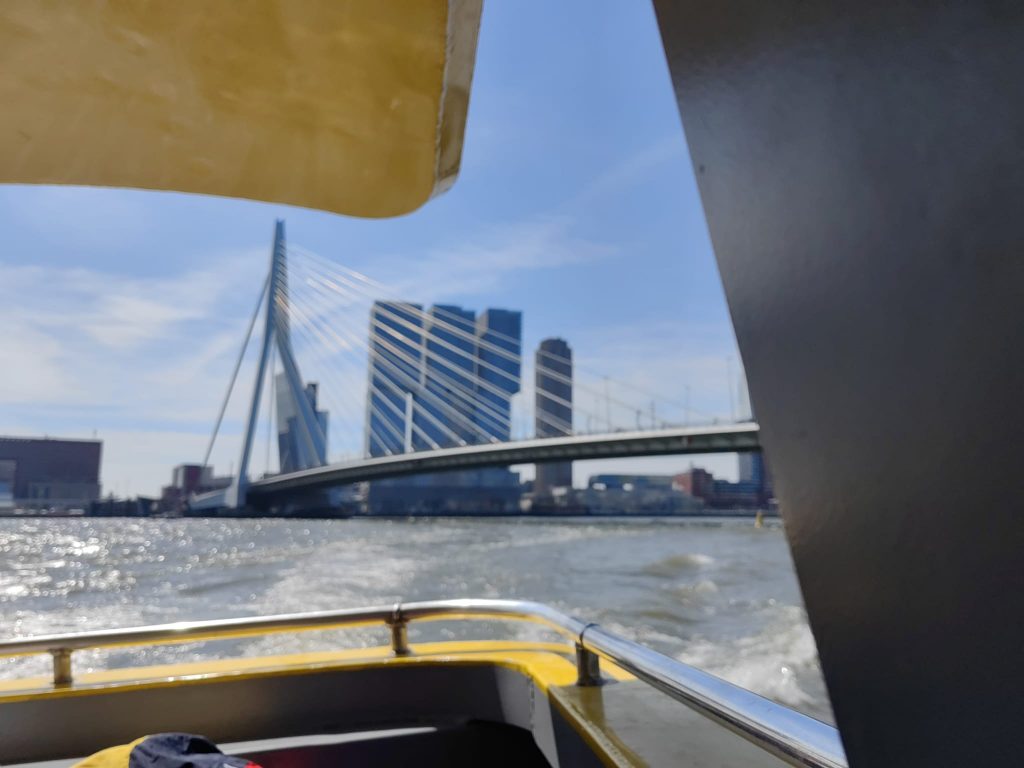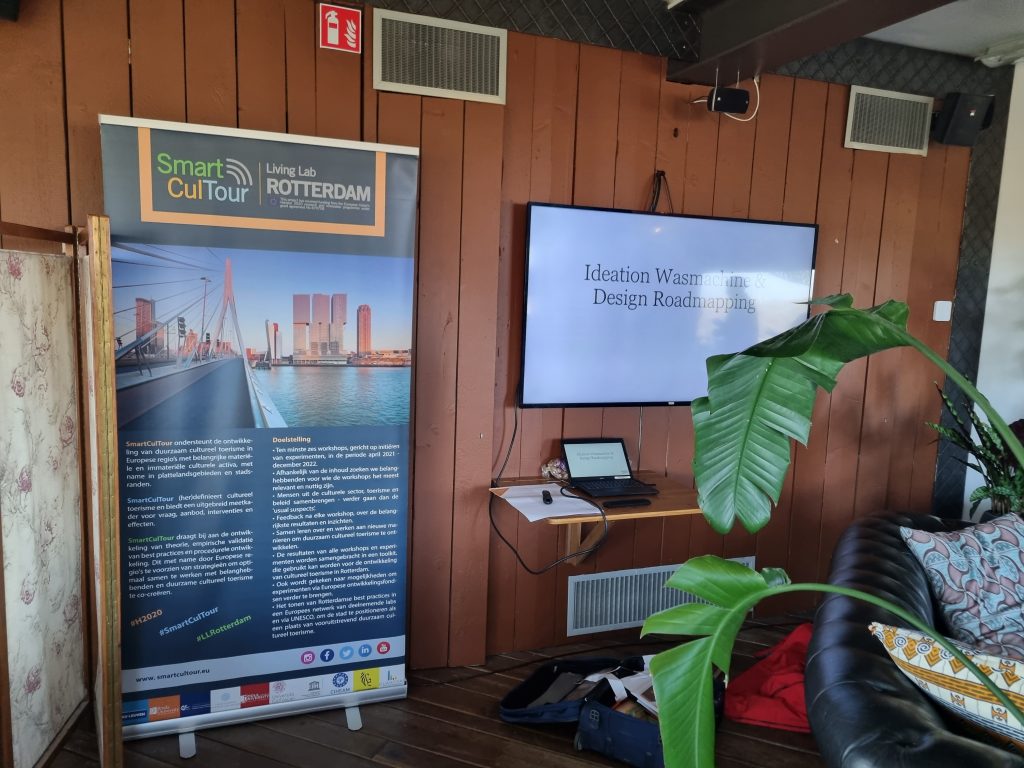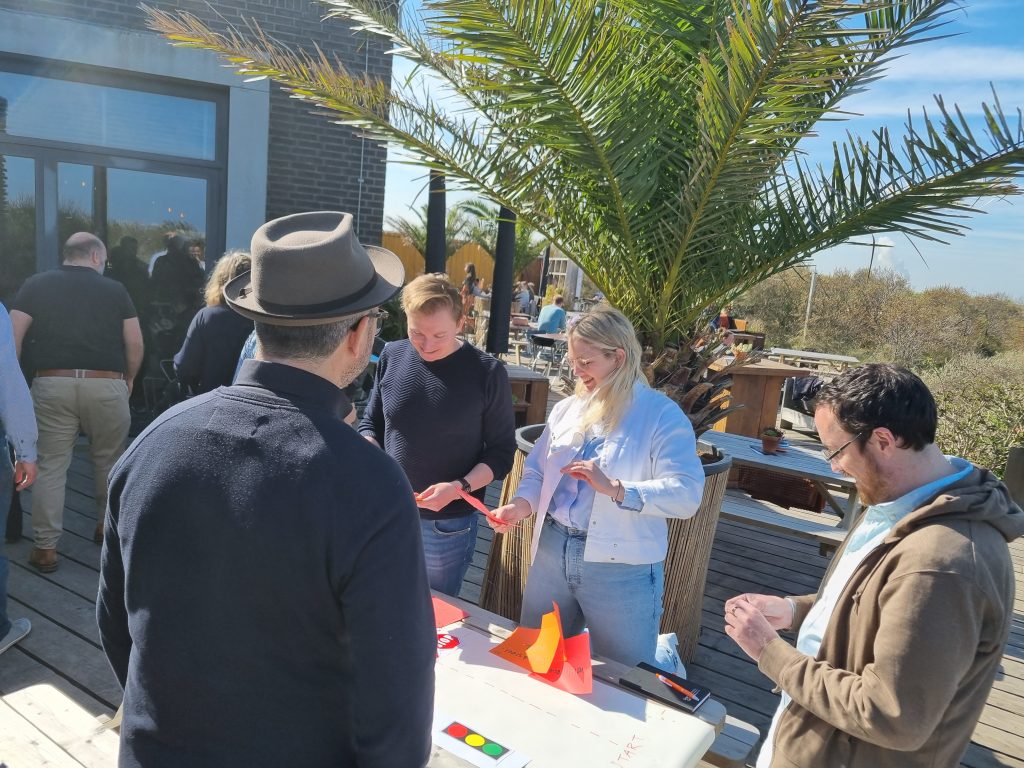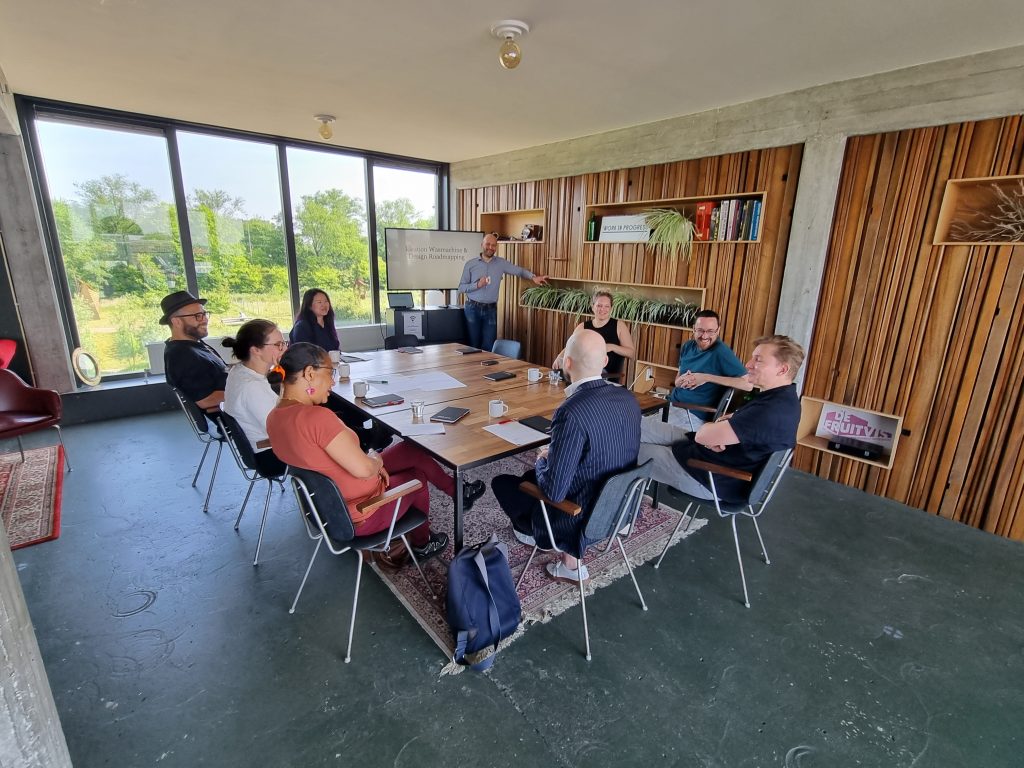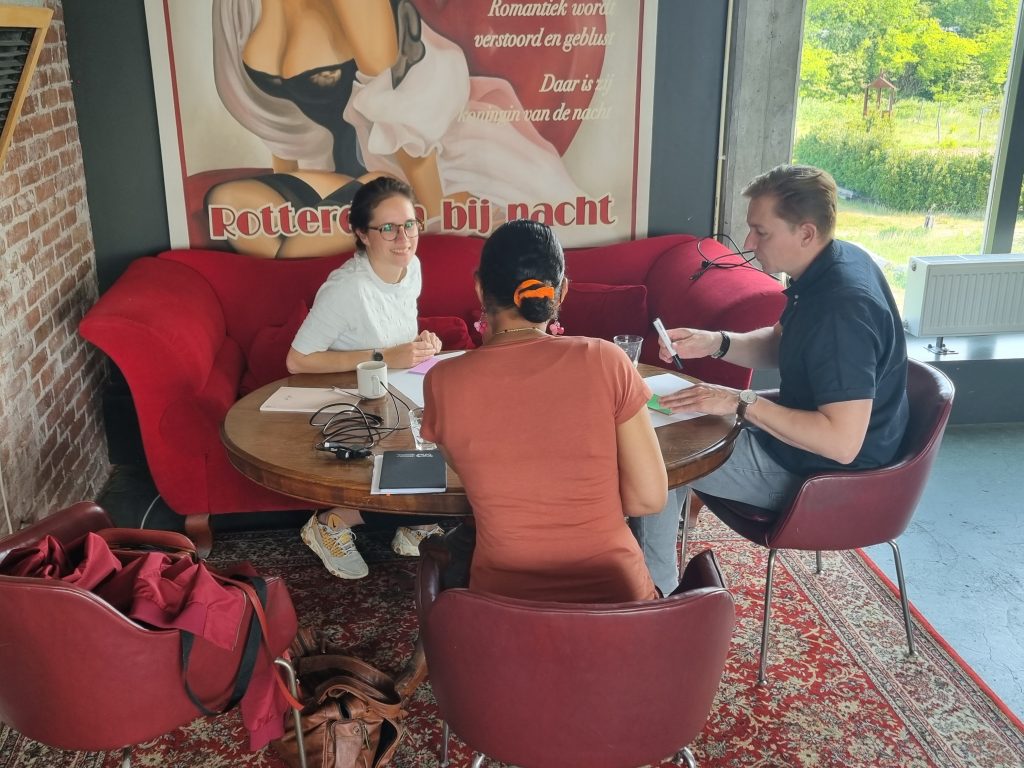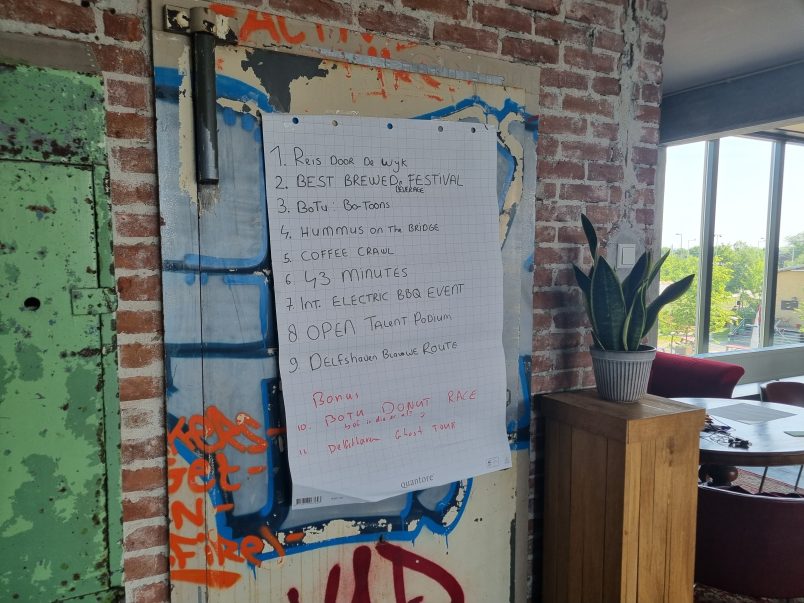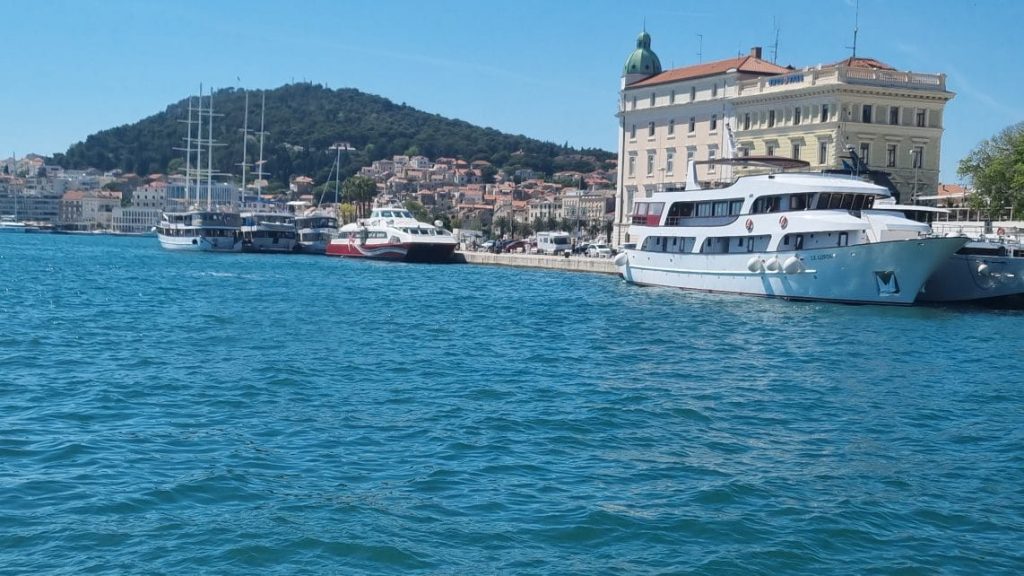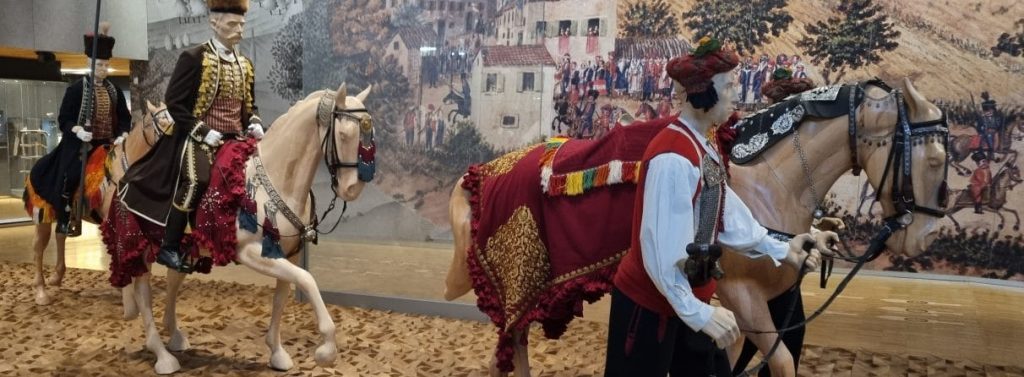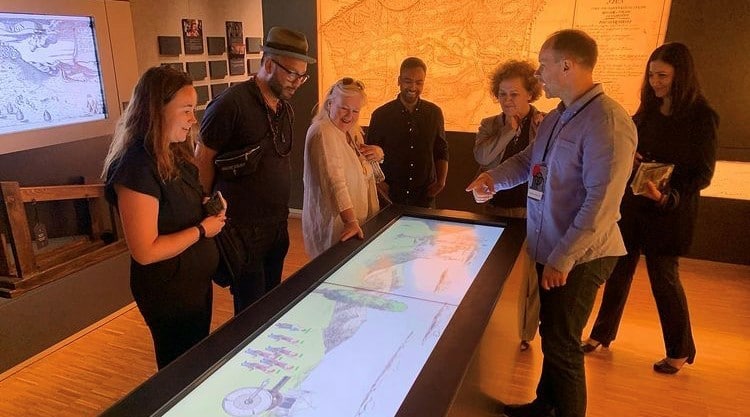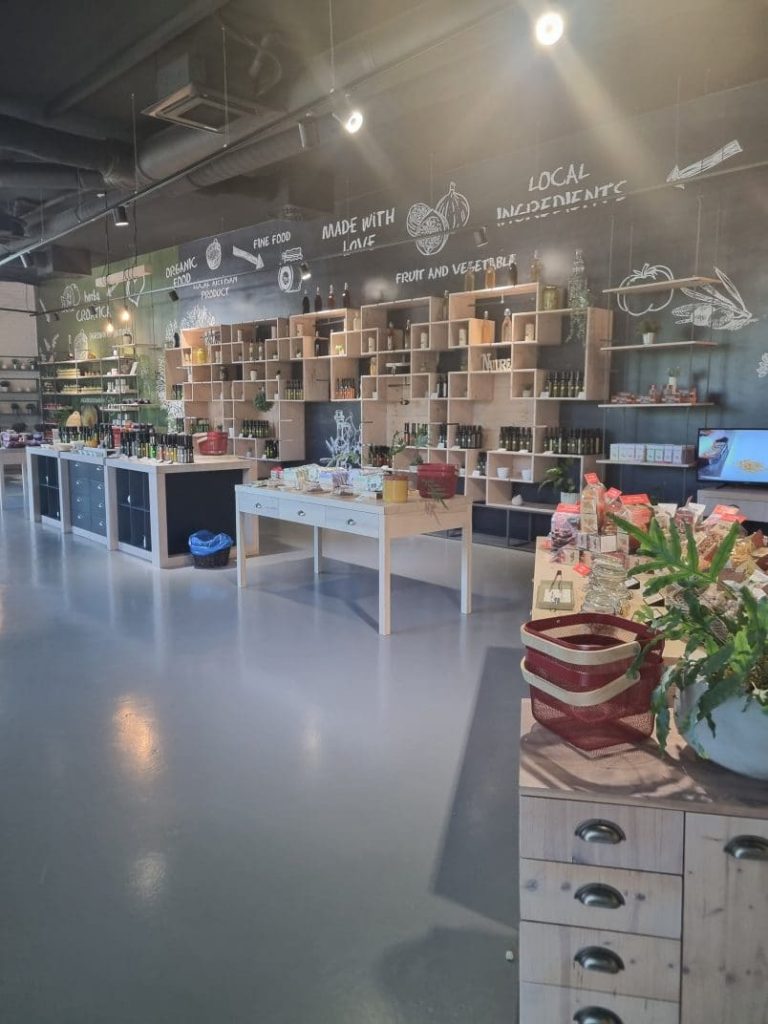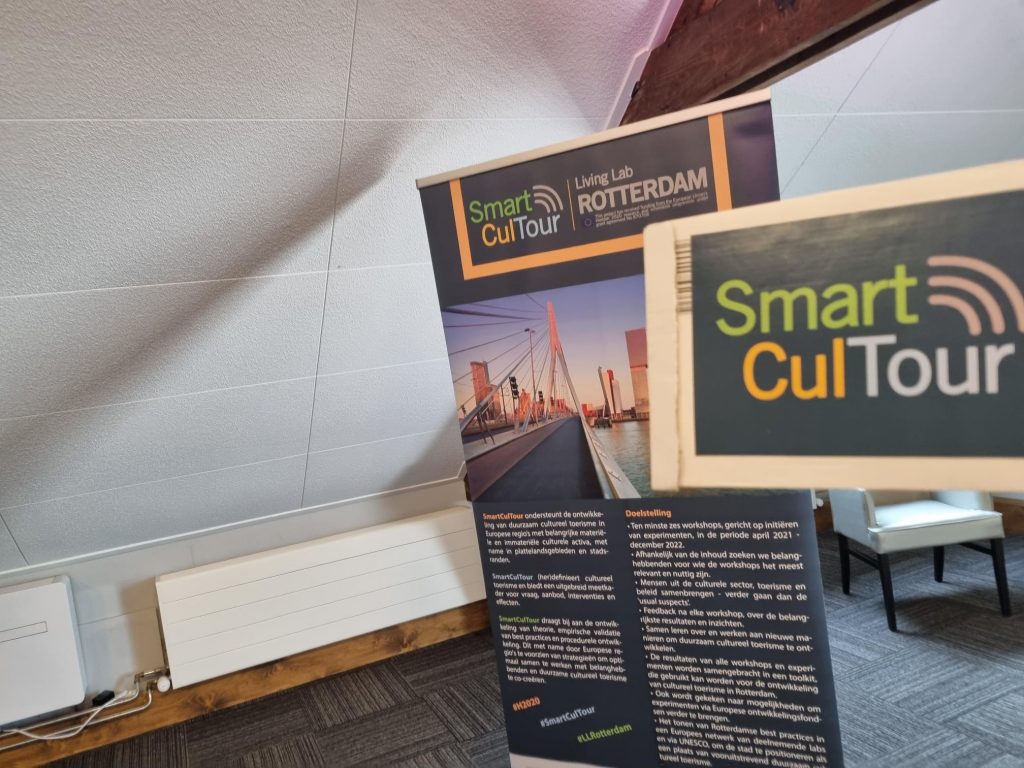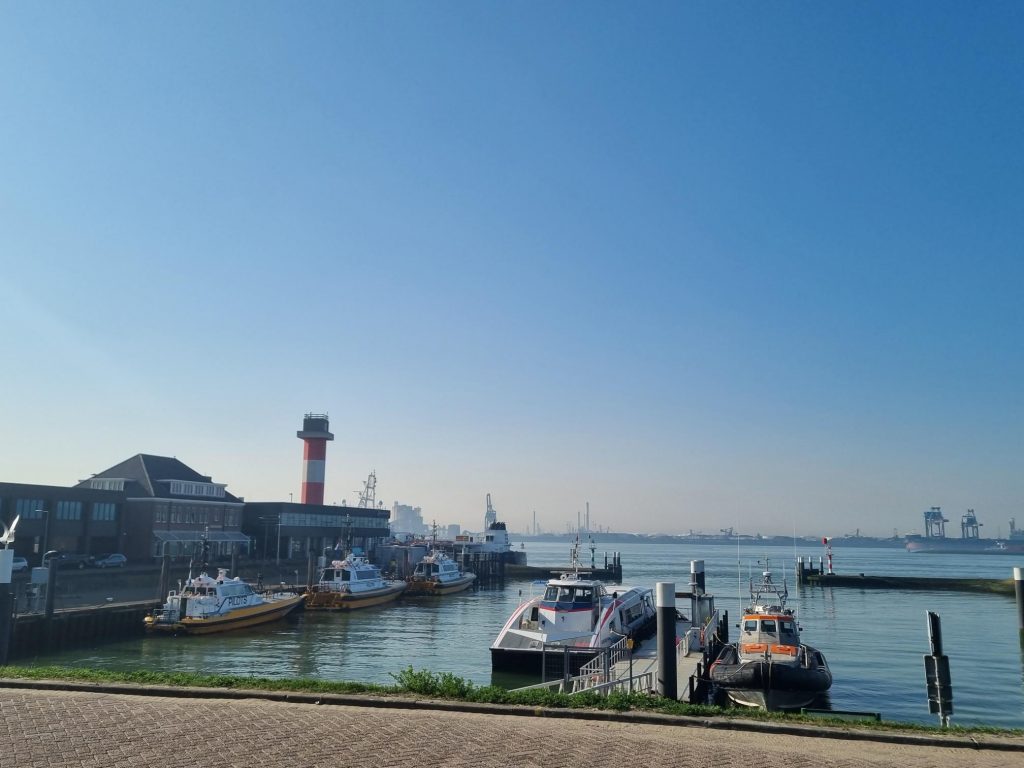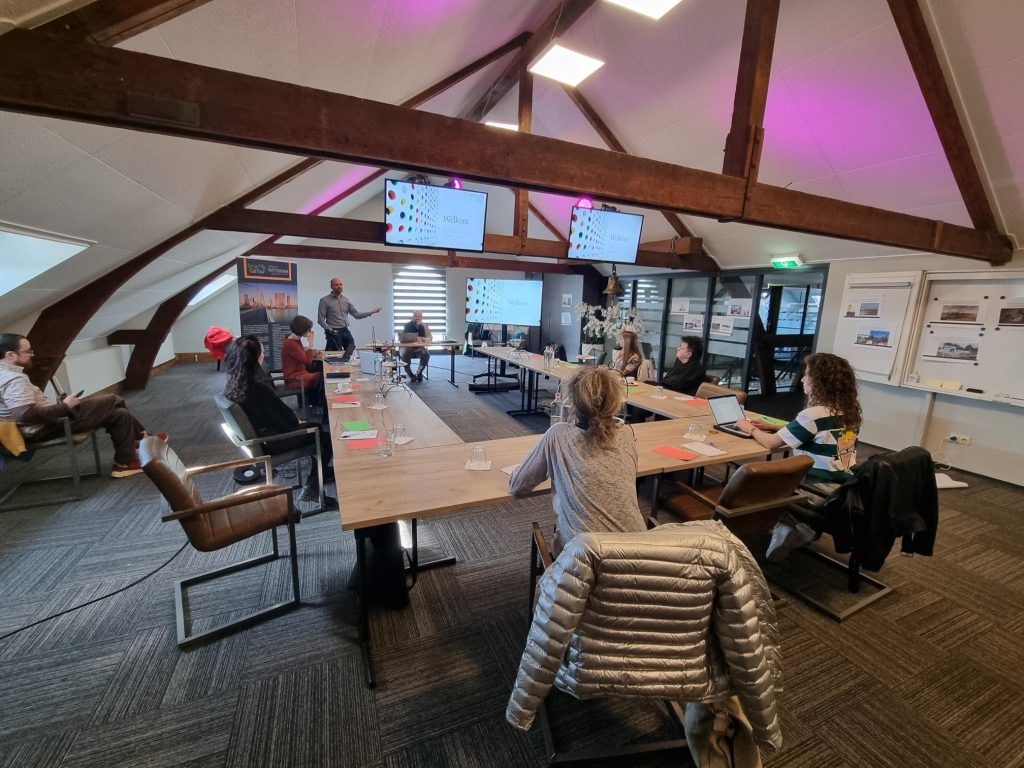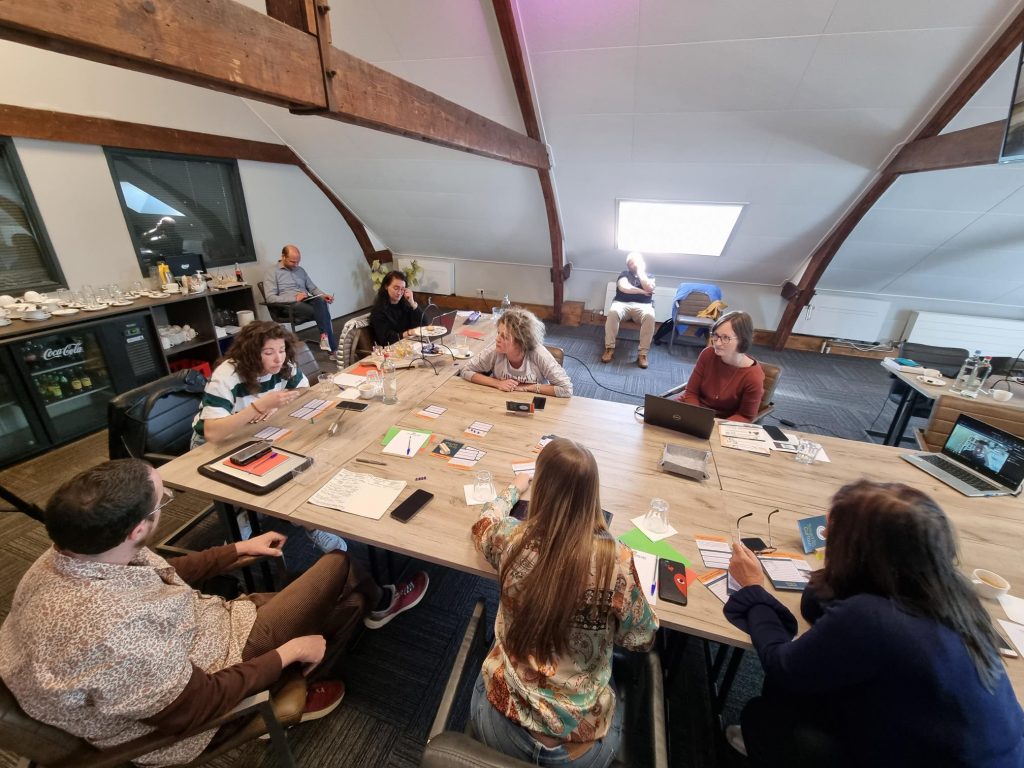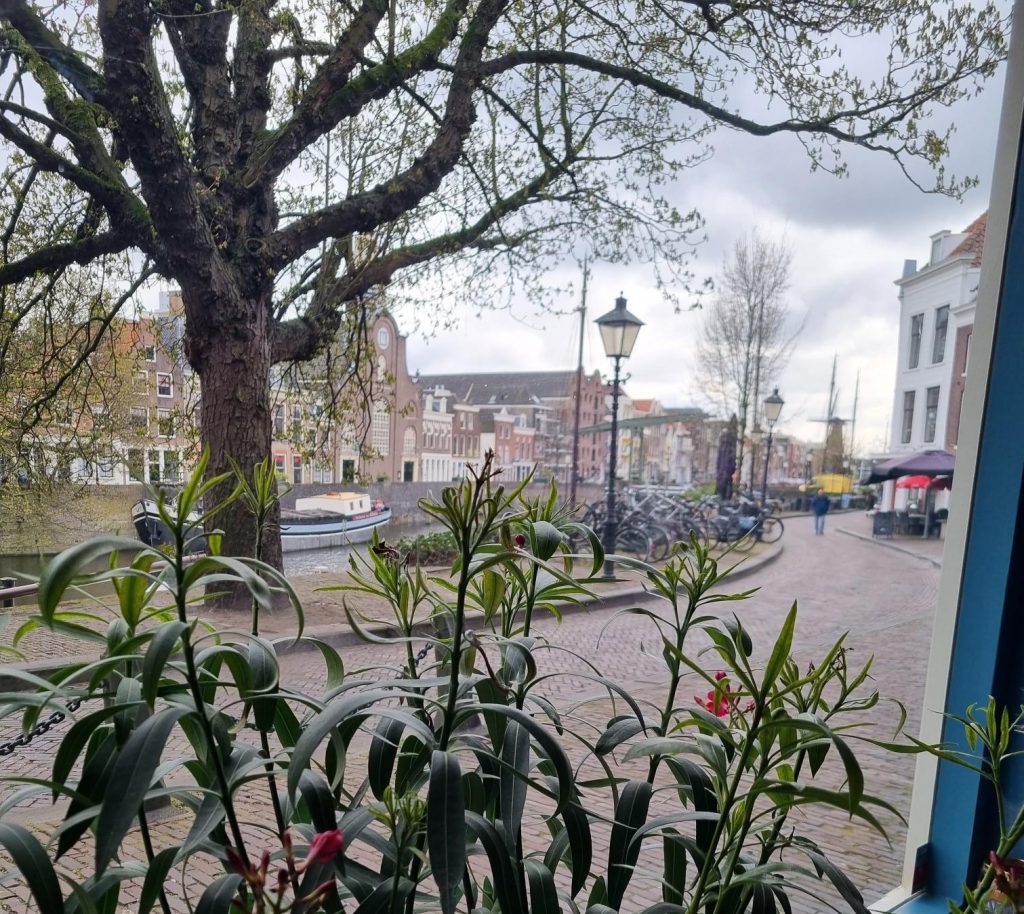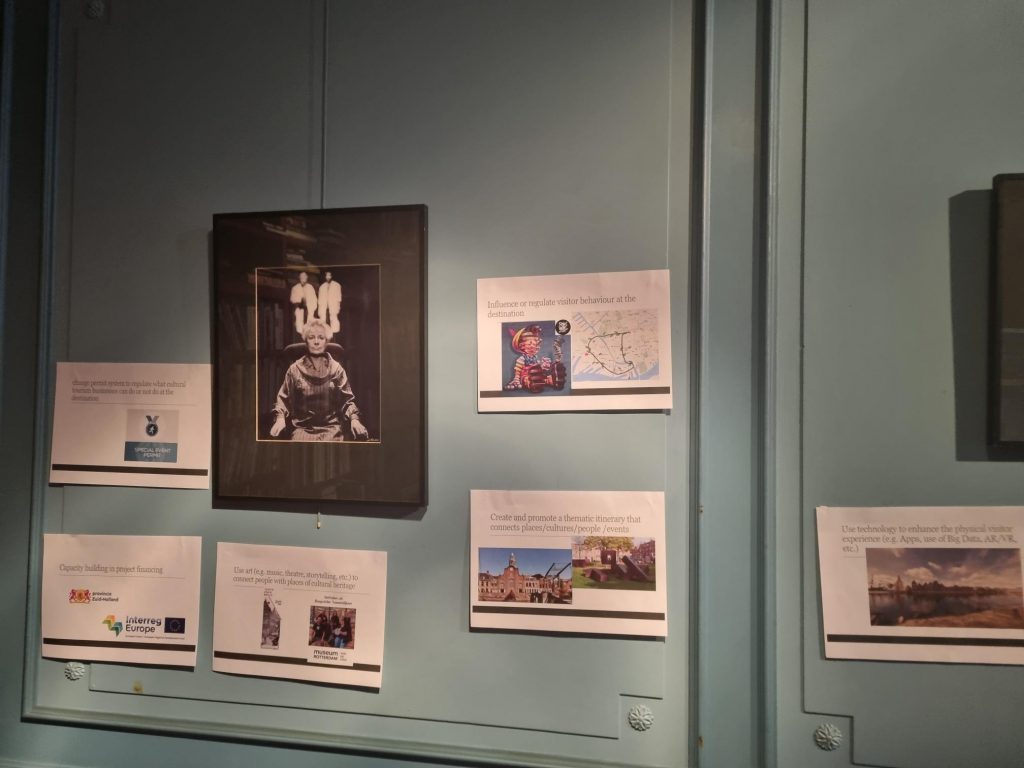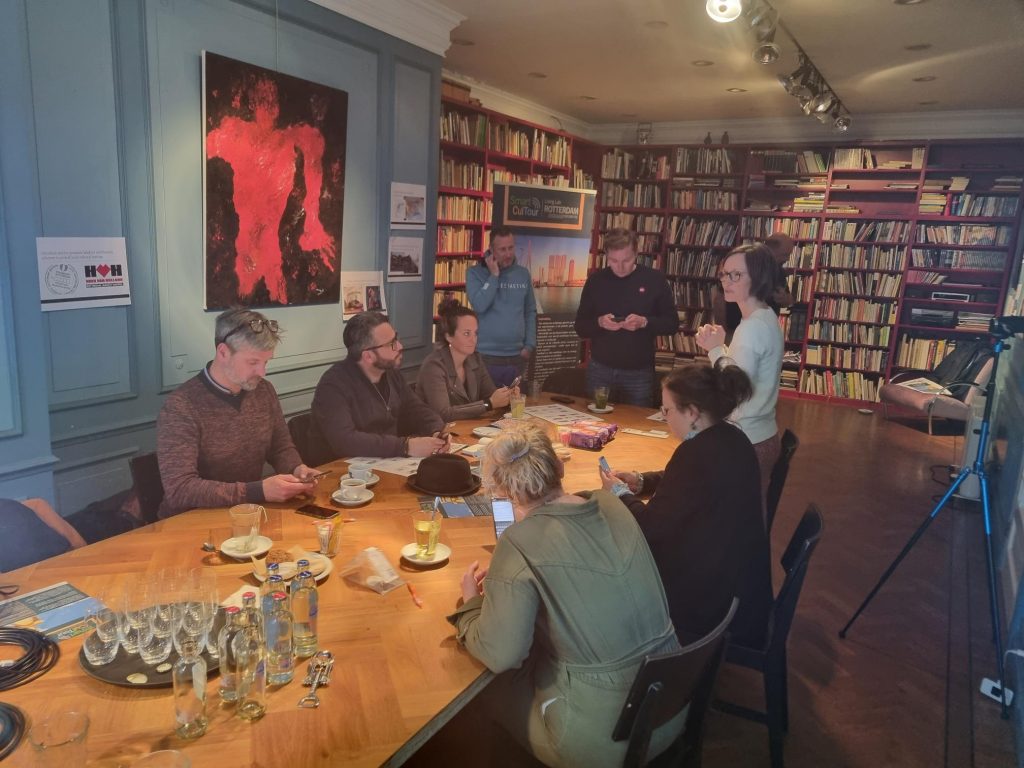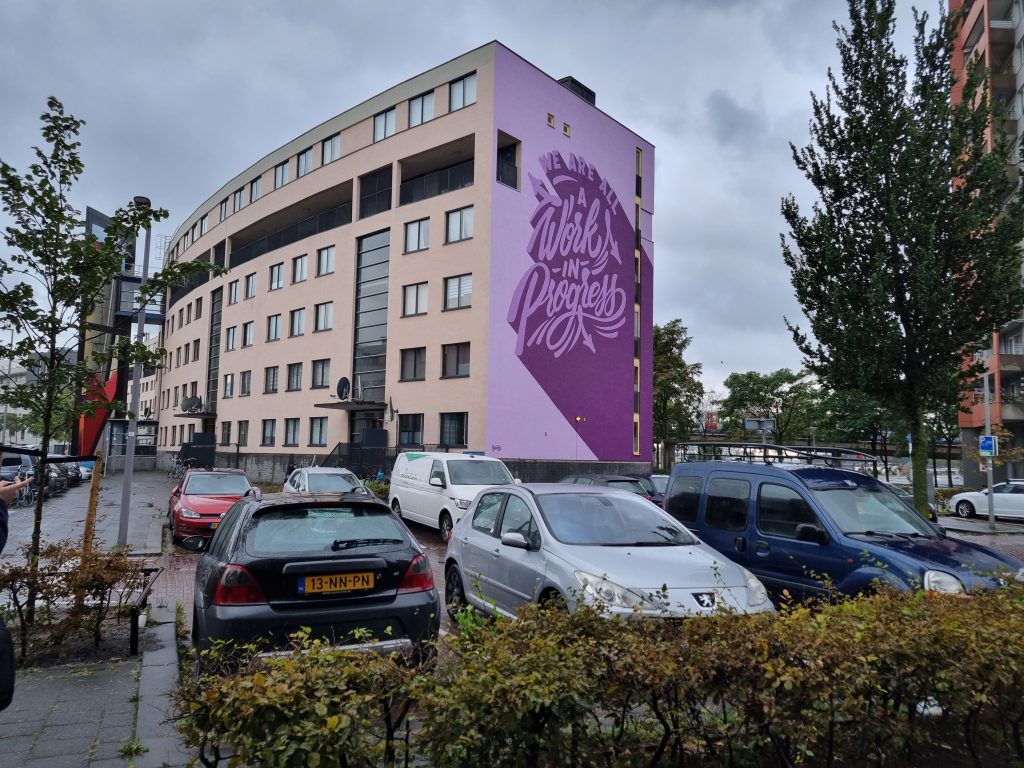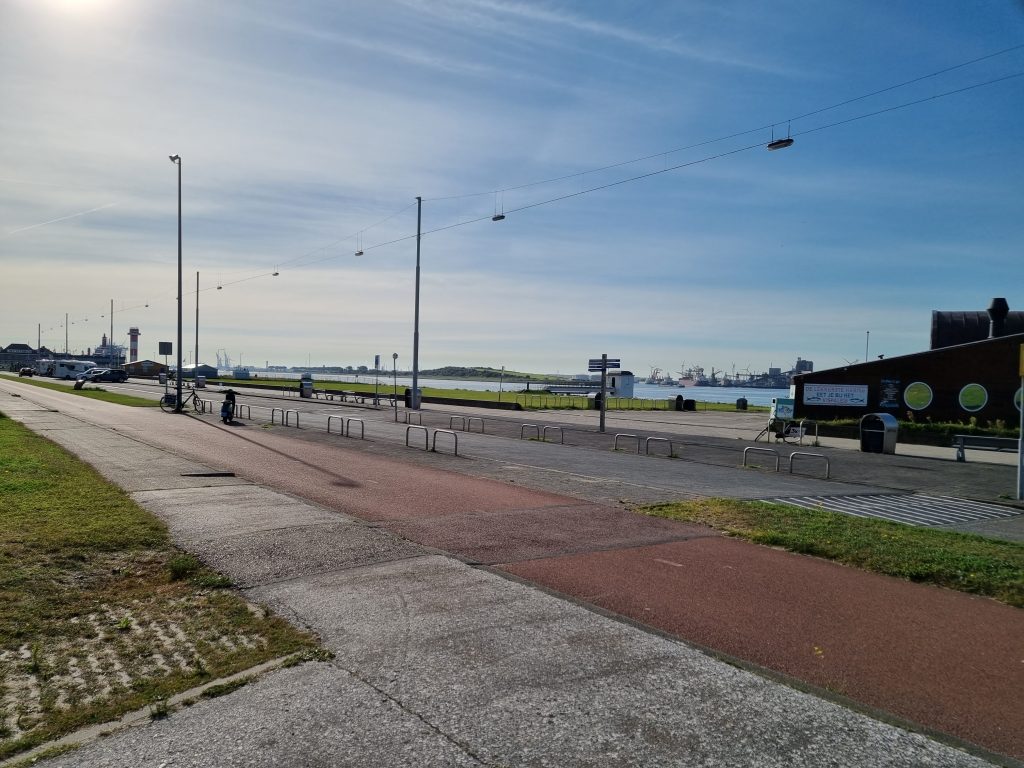International visitors in Rotterdam
From 1 to 3 June, the Urban Leisure & Tourism Lab Rotterdam received an international visit! Representatives of the living labs from Split and Vicenza visited our city as part of the European project SmartCulTour. Within SmartCultour the sustainable development of cultural tourism is central. This development takes place in six European living labs and the Urban Leisure & Tourism Lab Rotterdam is one of them.
Exchange
The exchange of knowledge and experience takes place between the living labs in Rotterdam, Split and Vicenza. Between 11 and 13 May the programme manager of the living lab Iris and Joël Ferdinandus of Rotterdam Partners visited the region and the city of Split. Curious about their visit? Read more about their experiences here. Each of the visits focuses on a different theme related to cultural tourism. In Rotterdam the focus was on placemaking, monitoring and benchmarking. The living lab managers and other delegates carried out assignments around these themes and, of course, held various discussions.
To the coast!
On Thursday 2 June, a full day was scheduled. First of all, a visit was paid to the Urban Leisure & Tourism Lab Rotterdam, located in Rotterdam South. The lab managers and stakeholders visited the different lab spaces and had the opportunity to ask questions about the ins and outs of the lab. Subsequently, the neighbourhood was introduced using the place exploration & sense making map by colleague Roos Gerritsma. This map gives users who do not have much background information about an area a better idea of it. With the help of questions that stimulate the senses and various assignments, users can form an image and even make recommendations about what should change in a neighbourhood or area in order to get a movement going.
After a morning in Rotterdam Zuid, the participants took the brand-new Hoekse metro line to Hoek van Holland. Hoek van Holland is one of the areas the Rotterdam lab focuses on during SmartCulTour. This coastal area is located 32 km from the centre of Rotterdam but is part of the municipality. After a delicious Dutch lunch, the participants were given a short introduction about the area and the current research by lector Ko Koens, researcher Annemarie van Klaveren and social designer Siobhan Burger. Using the place exploration & sense making map in Hoek van Holland, a better picture was painted of which challenges still exist in this area and ways of monitoring visitors and visitors to this area in a creative and qualitative manner were proposed.
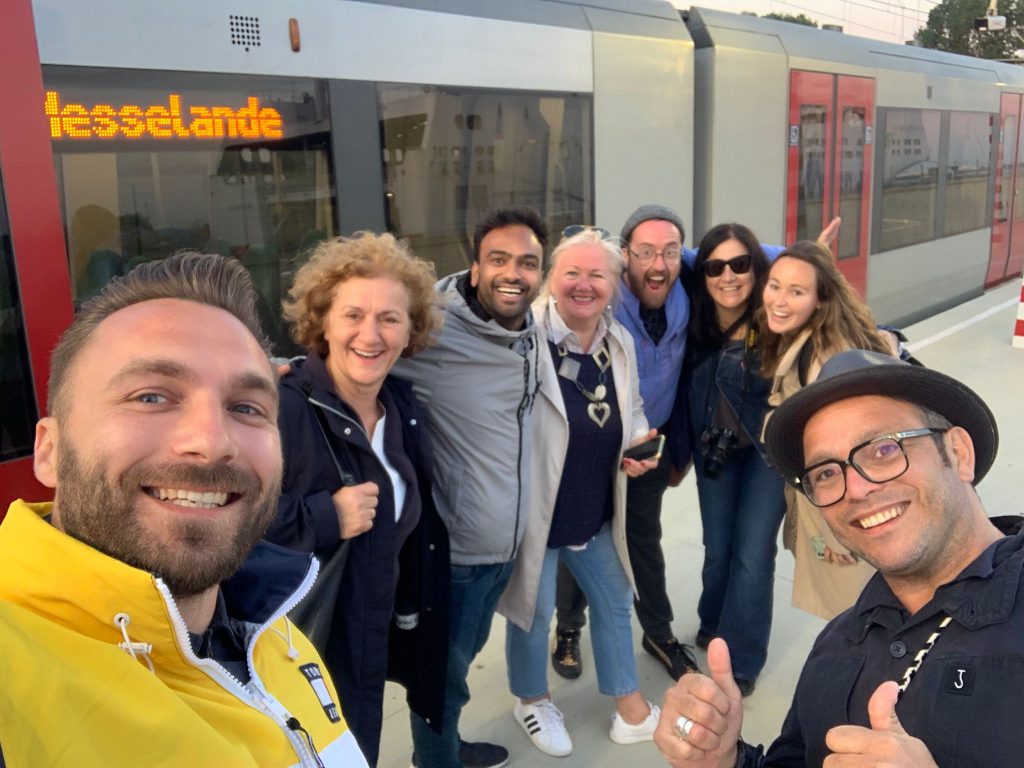
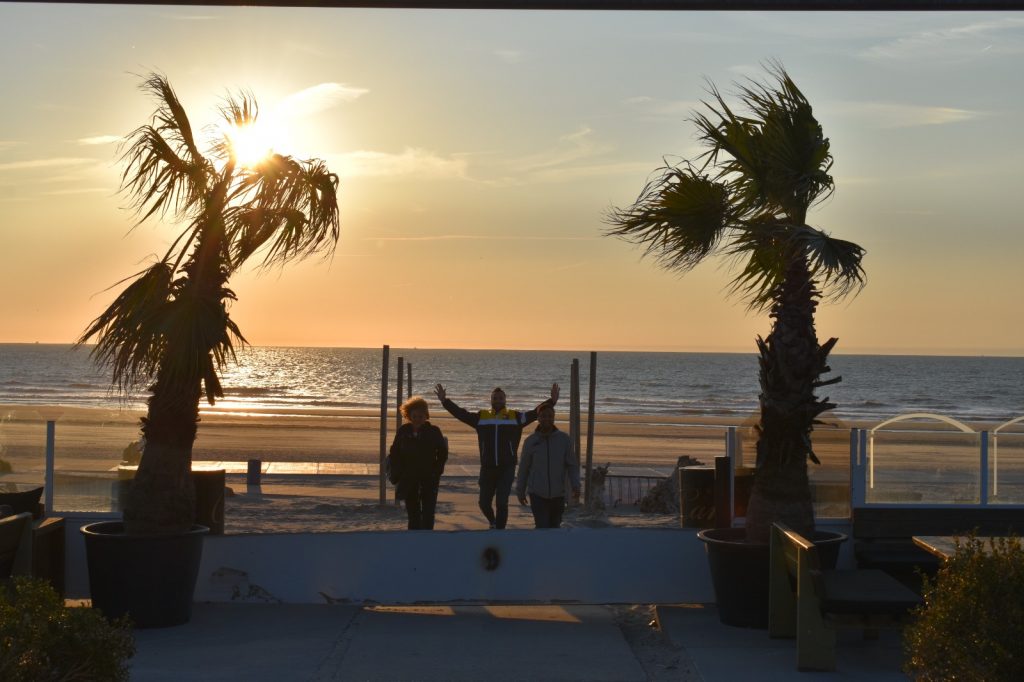
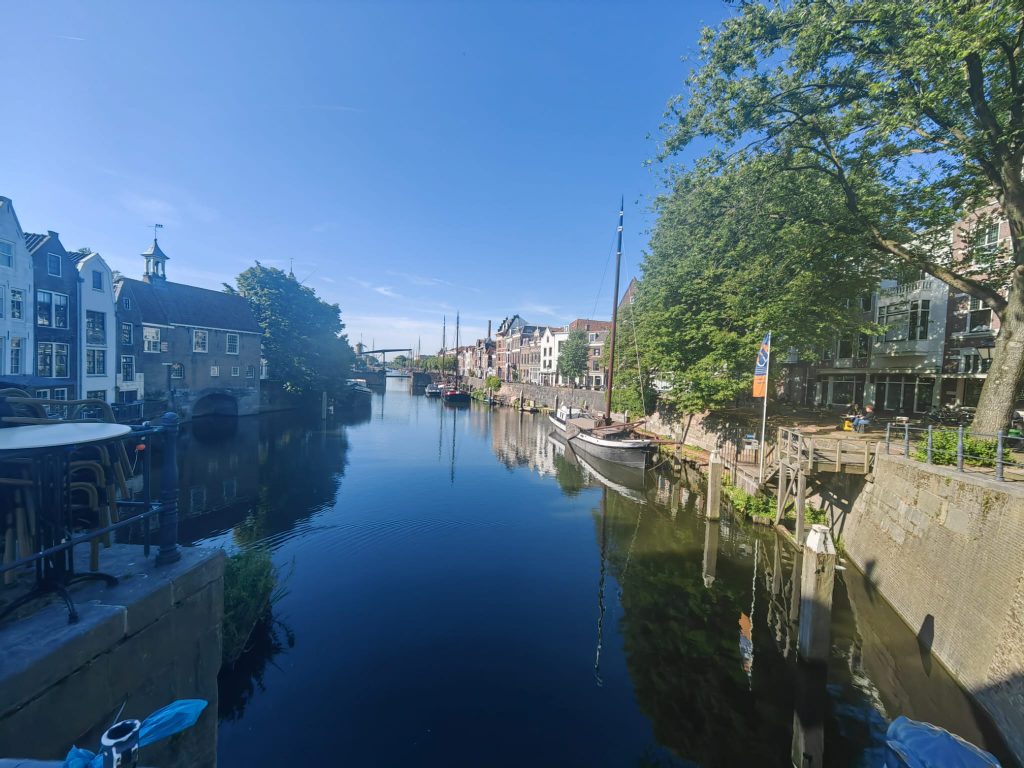
Green & Creativity in Bospolder-Tussendijken
On Friday 3 June, the day will start in a completely different district of Rotterdam, namely Bospolder-Tussendijken. This is also one of the areas that the Rotterdam lab focused on within the framework of SmartCulTour. As a resident of the district, Joël Ferdinandus gave an extensive tour of the district, which borders on the historic Delfshaven district that already attracts many visitors. During the tour, the participants saw that BoTu has a lot to offer: diverse cultural offerings, food and drink from a hundred different countries, greenery and activity. After the tour, the participants discussed the challenges in the district and how this area can attract more cultural tourists in the future.
Valuable knowledge
The exchange has provided many new insights into the field of cultural tourism, visitor management, city marketing and hospitality. These insights will be included in the projects and collaborations that the Urban Leisure & Tourism Lab Rotterdam is running.
Pero el inconveniente más importante es la imposibilidad de actuar espontáneamente. El fármaco tarda al menos dos docenas de minutos en hacer efecto. Al mismo tiempo, también es inconveniente que usted necesita farmaciaexpres24 para conseguir el momento de tomar la píldora. Después de todo, la mayoría de los hombres no les gusta admitir que utilizan el dopaje.


